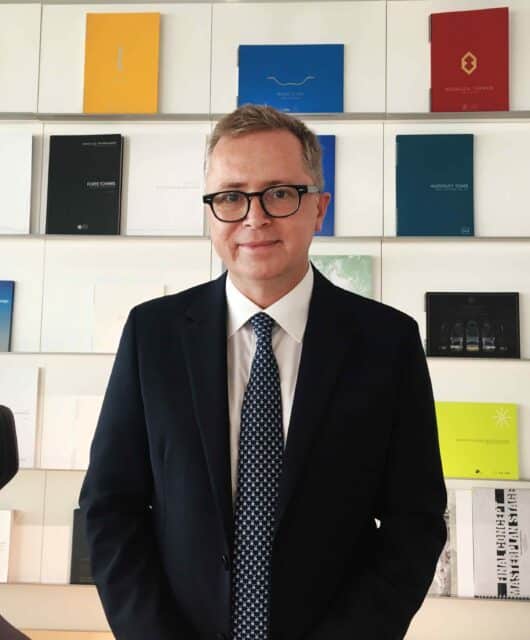Effective design delivery
 Paula Fay Evans, senior associate —Interior Design at Godwin Austen Johnson, talks about the factors that contribute to effective project delivery
Paula Fay Evans, senior associate —Interior Design at Godwin Austen Johnson, talks about the factors that contribute to effective project delivery
A successful project takes more than just a great design. With almost 30 years in the industry, Godwin Austen Johnson (GAJ) understands all the intricacies involved with effective design delivery. So what are the key drivers to successful project delivery?
Being adaptable
Sometimes projects don’t quite go to plan and that’s okay. We need to be adaptable to changing circumstances, and not invest time in perfecting the details, as more often than not, we are required to re-plan and reprioritise with situations that arise. To avoid pain points in your programme; build in extra time for changes and requests and if the project is properly planned, these changes and requests can be better managed to cause less disruption. We need to remember that a stressful project leader leads to a stressful team, that being said, it is of course inevitable to have some stresses, some larger than others, but it is how you process them and move on, that is important.

Having the right team
Each project requires specific skill-sets; creative, technical, and then the organisation that pulls everything together. Ensuring you have the right people with the right experience and skills that can benefit the project is the key to its success. We should always surround ourselves with people that we can learn from and accepting that we don’t know everything is critical to becoming a good leader. The team kick off is vital to set expectations and create a workable roadmap. Assigning each person’s roles and responsibilities so there is a solid understanding of how each of their efforts contributes to the project as a whole empowers the team.
Breaking down the bigger picture
The starting point is to not be overwhelmed with the task at hand and the time you have, a large-scale project can be daunting. Imagine you are standing at the bottom of a mountain, the thought of climbing that mountain in one go seems impossible which is why it is important to picture the peaks set the pace and tackle it stepby- step. Projects should be thought of in the same way; you have your main deliverable that should be broken down into a series of achievable tasks with frequent milestones to stay on track, maintain a sense of direction, and to identify if the project is falling behind before it goes too far to catch up. Once you have the smaller tasks they can be assigned to the team, it is important to spread the accountability and delegate to ensure that each team member stays motivated to deliver and so that all the pressure is not left on one person. Being a leader requires allowing the team to breathe, not trying to control every aspect.
Identifying risks
Every project has risks; risk of abortive works, delay, change or coordination issues, however being able to identify the potential risks early on and having strategies to deal with them effectively as soon as they happen is half the battle. It is important that the team feel reassured that they can report errors, challenges or concerns without any negative impact on their performance. Open communication needs to be maintained throughout the project, the team should not feel that they have to hide any issues so that they are reported as soon as possible. Regular design reviews assist to limit avoid abortive works and keep the design on track, it also helps to have another set of eyes and presenting internally with peer reviews often help raise issues that may have been missed simply due to being too familiar with the project.







